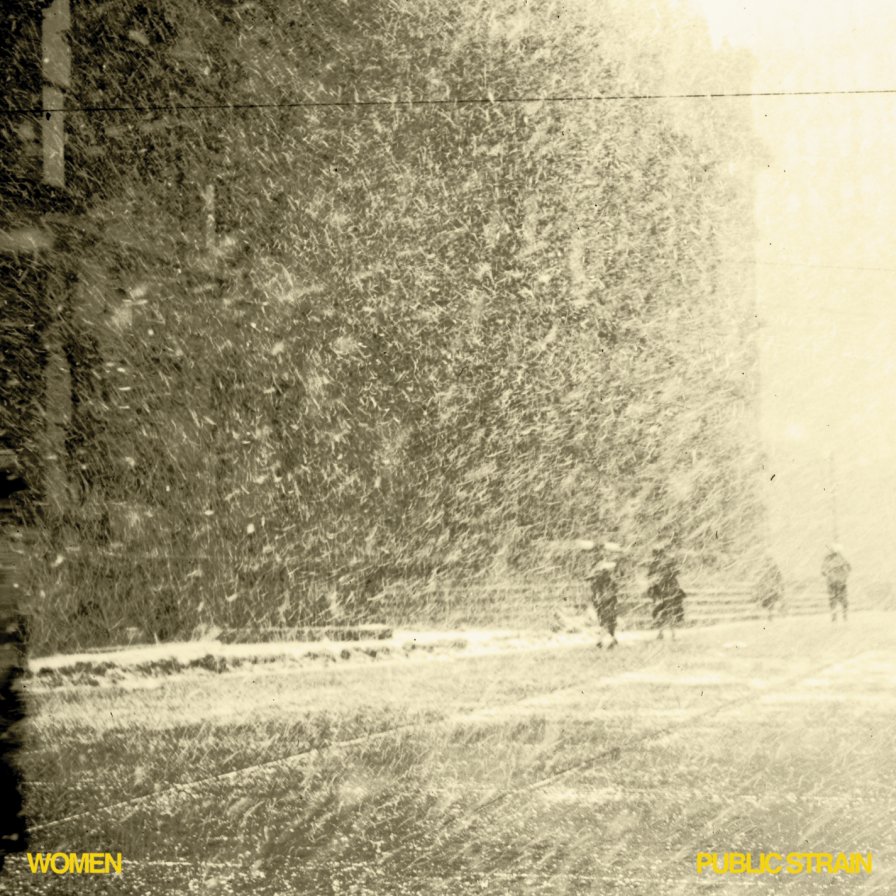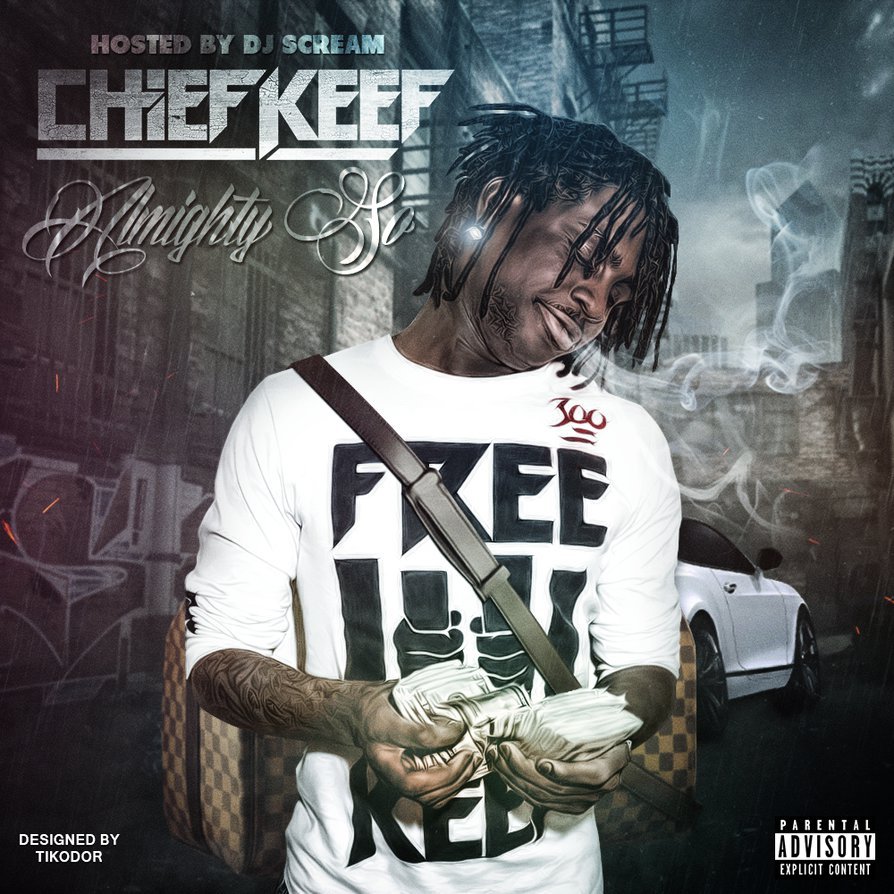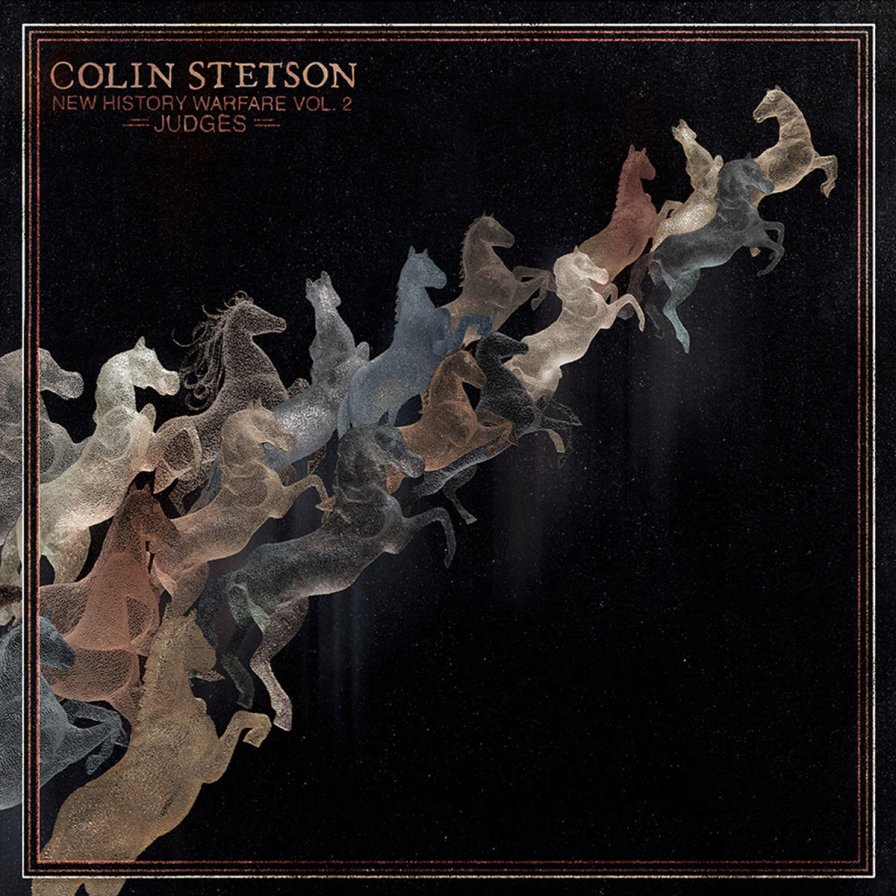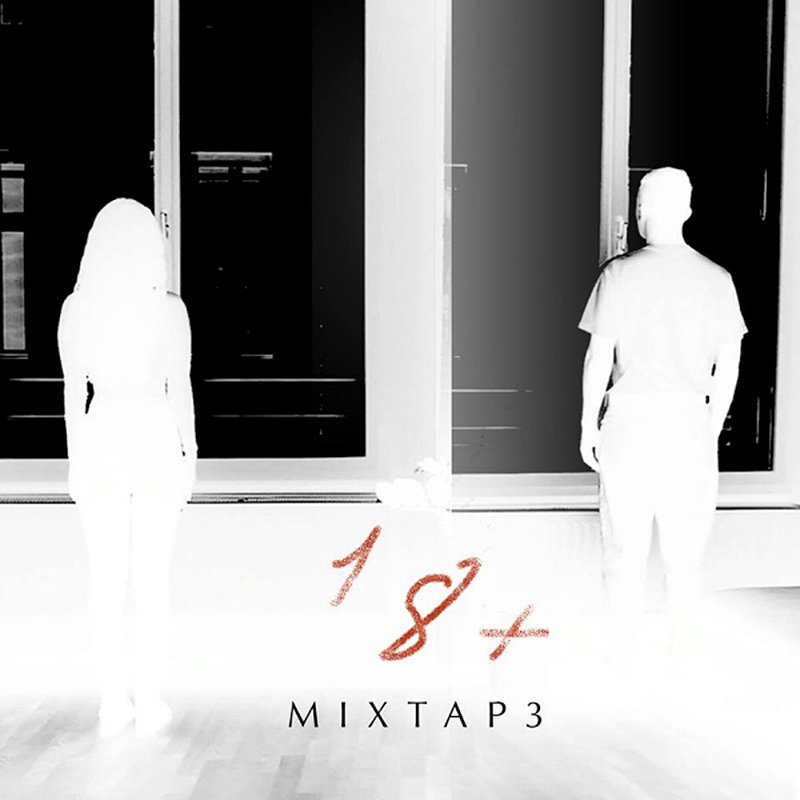We are celebrating the end of the decade through lists, essays, and mixes. Join us as we explore the music that helped define the decade for us. More from this series
80
Graham Lambkin / Jason Lescalleet
Photographs
[Erstwhile; 2013]

For Photographs, Graham Lambkin and Jason Lescalleet traveled to their childhood homes in Folkestone, England and Worcester, Massachusetts to complete the album trilogy that began with 2008’s The Breadwinner (recorded at Lambkin’s house in NY) and 2010’s Air Supply (recorded at Lescalleet’s in MA). The result was a movie-length examination of the relationship between memory and location, providing an audio verité glimpse into the friends’ encounter with their pasts. As if listening in with a glass to the wall, we overheard discussions about Lescalleet’s tea preferences, Lambkin’s prized banjo, and the olfactory properties of Mexico City as compared to Jacksonville, Florida. In the tradition of Luc Ferrari’s Presque Rien, Photographs argued for field recording’s potential to create immersive soundworlds on the premise that the “world itself” is compelling enough to be listened to. Of course, with Lescalleet’s involvement, the field recordings didn’t go wholly untreated. “Danger of Death” featured a disorienting ear-piercing tone, while “The System” provided three minutes of digital noise. But when counterposed against the lovely choir on “Quested to Saint Hilda” or the gorgeous outro of “CT20 1PS/Rinsing Through the Shingles,” such moments only deepened the impression that this album, like a photograph, contained all the beauty and ugliness of the past.
79
Beach House
Teen Dream
[Sub Pop; 2010]

Would I have arrived without the direction that she indicated by hand. That she folded into a soft edge. Would I have followed her voice around the mirror, into the hum. I knew the sound, even though I could not place it, because it looped and guided me to a wide open field, a hell beneath the stairs. The shape of her mouth deciding whether our bodies would crystallize or recline or bend, depending on the quality of the vowel. You tell me only time can run me. I thought I understood the architecture until something round slipped and rolled into the night. I thought I understood where to coil, where to lounge, where to tear a moment from the days that carry us on forever. Where I might have drawn the curtain and organized the light, I surfaced into a kind of gold that blurred what I could remember about tracing half a circle into thin cotton, ecstatically. Teen Dream made the room warm so that mood could become texture, made the haze, the grain, a ritual. The seam of my dress, the rim of the glass, spiraling. The wing of my eye, the frame, melting into a time I could make glow.
78
Solange
A Seat at the Table
[Columbia; 2016]

A Seat at the Table succeeded and grew deeper with each listen, because it was Solange laid bare: a chunk of her humanity, with all the complexities and messy contradictions, assembled with grace and stitched with anger. On “Cranes in the Sky,” the effortless, pure beauty of her vocals wrapped themselves around laments aimed at the emptiness of her depression. It was this juxtaposition that structured the album. Even “Mad” and its message of both holding on to and letting go of emotions slid by with the ease and simplicity of clouds on a calm summer day. Yes, this album was a statement about race in modern America, highlighted as such on tracks like “Don’t Touch My Hair” and “F.U.B.U.” Yes, this album reveled in the fond memories of lessons from the past (hello, Master P) while also looking forward to a world with greater musical possibilities (hello, “Don’t Wish Me Well”). But what made this album special was never just its individual parts. This album was an encapsulation of all that Solange has been, can be, and is, but it never lost sight of the beauty, ugliness, and complexity of what it means for any human to be alive.
77
Women
Public Strain
[Jagjaguwar; 2010]

Women died an unceremonious, explosive death shortly after the release of Public Strain. It seemed to be a fitting end for a band whose genius seemed almost unsustainable, given how fully formed and peerless their final album was. But the death of Christopher Reimer in 2012 brought everything back into perspective. An unfair, untimely, shitty loss for music as a whole, it is fortunate that we have Public Strain to remember him by. The album stands as a perfect summation of his virtuosity, a true guitarist’s record, vast and expansive, grasping at new sounds and eager to explore riffs with cool curiosity. There are few rock records that can unite drone and pop so fruitfully, flitting between bold experimentation and crowd-pleasing melody, but Women straddled that line with stunning ease. Simultaneously warm and frigid, calculated and emotional, Public Strain was simply an indefinable treasure. It now sits in the annals of classic post-punk records, new and experienced listeners alike lucky to uncover its hidden secrets.
76
Chief Keef
Almighty So
[Glory Boyz Entertainment; 2013]

Chief Keef foils the list-maker like no other. Bang, Part Two signalled a hard left into a genre all his own, and for all the linear, phased creative development he’s undergone since, no two releases fail to resist comparison (to one another, let alone to anything else, to say nothing of the ever-shifting mass of snippets and loosies that comprises seemingly half his body of work). Almighty So isn’t a bad place to start, though. Something like a Rosetta Stone for Keef’s mid-decade output, the mixtape foreshadowed the ear for production that Sosa would soon take into his own hands, the pop predilections that would congeal into the much-delayed but once-contemporaneous Thot Breaker, and the leaned-out sensibilities that would resurface in his present “underwater” period (which, purportedly, will deliver us Almighty So 2 any day now). While the urgency of simply getting familiar with Keef dwarfs the importance of the specific point of entry, why not Almighty? As Sosa fandom has narrowed (somewhat) and deepened (near-religiously) over the course of the decade, no tape’s appellation has proven more prescient. All hail!
75
Eli Keszler
Stadium
[Shelter Press; 2018]

Eli Keszler’s musical career has been built on expanding the vocabulary of percussion, and with Stadium, the experimental drummer and sound artist crystallized his clearest vision yet. From the breakneck pace of opener “Measurement Doesn’t Change the System At All” to the cloaked ambient textures of the provocatively titled “We Live in Pathetic Temporal Urgency” to the synth-led “Fashion of Echo,” Keszler placed tendrils of jazz throughout the entire album. Was the gorgeous drone that kicked off “Was The Singing Bellowing” the work of meticulous field recordings, multiple stompboxes run in series, or a combination of both? How about the genesis of the broken beat that propelled “Simple Act Of Inverting The Episode?” You could take a guess at what the influences were (maybe if Cid Rim got together with Jon Hassell?), but the tunes resonated inside entirely uninhabited territory. Having produced several large-scale art installations outside of his music project, Keszler has understood for years the uncanny spaces that sound traverses, and nowhere was it on better display than on this outstanding record.
74
Angel Olsen
Burn Your Fire For No Witness
[Jagjaguwar; 2014]

Floating our way midway through the decade like some eerie-ass fog off some swampwater, the sophomore effort from Angel Olsen somehow rendered the heaviness of existential dread and the messiness of constant anxiety sheer and weightless. Indeed, just like a gaseous vapor, it felt like a beguilingly uniform affair: no track was a highlight, because no track was a lowlight, either. More significant to its place in history, though, is the fact that, by the time the last of this album’s ambiguous-yet-personal lamentations had ended, Olsen’s quavering, confused-but-confident howl proved we hadn’t heard NOTHIN’ YET. It’s easy to forget it here at the end of the 2010s — now that her songs have fully ascended to the heights of full-on electro-acoustic oratorios — but Burn Your Fire managed to stubbornly exist in that dizzyingly low-oxygen “Goldilocks Zone,” wherein both her vocal range and instrumental palette took ramshackle steps forward from the sparse mumble-folk of her debut but hadn’t yet reached their terrifyingly confident, pop-diva potential. Here on her debut for Jagjaguwar, Angel Olsen didn’t yet know how to tear her way into our hearts with countless elaborate and glimmering hooks. So she did it the old-fashioned way: with 11 rusty fish hooks.
73
Panda Bear
Tomboy
[Paw Tracks; 2011]

Before I was a critic, I was a chorister. Which means that I sound things out instead of pinning them down, and I know that can make me hard to follow. But let’s not pretend that the density of a call across rooms in a home you know fondly doesn’t tell you things its diction can’t. Or that the difference between silence and hush burnished and lucent isn’t a messianism of sorts. Even the imprint of a body on a bed or the contours of the palm on a handmade bowl could adumbrate the forgiving carpentry of a sacristy if the touch is tender enough.
Now I see you again
Now I feel you again
Now I know you again
Tomboy is expanse. The vastness of your uncle’s snug embrace or the last note you heard Thomas sing before you grew apart and he died in his mother’s house a couple weeks before you both were supposed to turn 21. But only one of you did, and time’s profanations elongate your distance to his rude and rapturous colophon. When I slammed my finger in the car door and moved prematurely to the alto section, Mr. Brady told me to hold my horses: I’d miss my head voice soon enough. I can’t sing like Noah Lennox anymore.
I know I know I know
I know I know I know
I know I know I know
I know I know I know
I know I know I know
I know I know I know
I know I know I know
I know I know I know
I know I know I know
I know I know I know
Conventional wisdom crumbles bitter in the mouth, but artless smiles stay, yawning broad like dad’s shoulders or the hymnal breath shared before a kiss. Everyone knows what they say, but it’s clear now how it’s what they don’t say that counts. Sometimes a voice refracts indefinitely, marking every surface it osculates in its weft of gentle intimacies. Sometimes the louder a voice is the more it amplifies the quiet gossiping of its sonic substrate: the muted bray of the congregation at evensong or the windblown howl of the benfiquistas chanting for Óscar Cardozo in his gangly prime.
Don’t break ties that hold them
Don’t break
Don’t break
Don’t break
Don’t break
Don’t break
Don’t break
Don’t break
Don’t break
Don’t break
Don’t break
After “You Can Count On Me” unfurled into so many voices, silence, properly speaking, ceased to exist. There is always and there is only chorus.
72
Matana Roberts
COIN COIN Chapter One: Gens de Couleur Libres
[Constellation; 2011]

It was her saxophone, screaming alone, that shattered the silence. This first gripping sound of Matana Roberts’s 12-chapter COIN COIN project — named after freed-slave-turned-entrepreneur Marie Therese Metoyer — threw us into one of the most conceptually ambitious, sonically captivating, emotionally raw musical odysseys of the decade. The Chicago-born saxophonist and composer, employing graphic scores and practicing a technique she called “panoramic sound quilting,” assembled a 15-piece ensemble for this introductory installment of her multi-part exploration that combines personal ancestral narrative and the broader African-American experience. In a historical moment when dwindling attention spans sparked a billion unread think pieces (and skipped podcast episodes), and the relevance of albums for many declined (once again), and even the celebrated ephemerality of pop songs started feeling like a grueling eternity (because what would the algorithm recommend next?), Roberts went unapologetically, no-fucks-left-to-give LONG. FORM. It was timely and untimely, personal and political, beautiful and violent, all at the same damn time. In 2019, to wrap the decade, Roberts delivered the magnificent COIN COIN Chapter Four: Memphis. At this pace, we can anticipate two more decades of COIN COIN. Twenty more years of inspiring, edifying, and courageously unpredictable music to look forward to.
71
Frank Ocean
channel ORANGE
[Def Jam; 2012]

Funny to think about the world when Frank Ocean was just another Odd Future affiliate. Sure, the crooning-over-others’-beats mixtape nostalgia ULTRA showed promise, but Christopher Breux did not truly become Frank Ocean for many of us until channel ORANGE’s second single “Pyramids,” a nine-minute prog’n’B banger with a filthy extended John Mayer guitar solo. Goddamn if those first synth stabs don’t still get me riled the fuck up! What’s stunning is how well channel ORANGE holds up years later, even as it’s been eclipsed by the perfect Blonde, the if-you-blinked-you-missed-it Endless, and a host of non-album singles evidencing Frank Ocean’s brilliance. But this one’s just as important to the story. It’s easy to forget how significantly the sound of R&B has changed from 2010 to now; perhaps nobody carved out the contours of that change more than Frank. Get into your time machine and maybe you can find your way back to the date Frank published his infamous “thank you’s” Tumblr letter — oh wait, thanks internet! — a landmark development in the way we discussed blurred gender and sexual identity in rap and R&B, and truthfully the world. It was also a transformative moment in our collective relationship with Frank. Now, we felt, we knew him. For real. And the music on channel ORANGE became something more, something vital for so many of us, as we explored all of the ups and downs of this crazy life. Because somehow, it seemed, Frank knew us too. So no, Frank… thank YOU.
70
Giant Claw
DARK WEB
[Orange Milk/Noumenal Loom; 2014]

We have no time for anything anymore, so we demand everything all at once. As information from all corners of the corporeal and incorporeal worlds course through the cyberculture at ever-climbing rates, any authentic aesthetic discrimination seems more and more an impossible task. Attention takes its place as the highest commodity, and algorithms work tirelessly and silently to map our psyches according to how we invest (Besetzung). Moreover, as all these signifiers, familiar and unfamiliar, fly past us too quick to catch, maybe too quick to even see, they become alien and incomplete. We have more content than we know what to do with, and it’s killing us. Released at just about halfway through the decade, Giant Claw’s DARK WEB was something of a saturation point — it signified the primacy of a cultural thinking that was too expansive to contain itself. Just look at that sphere on the cover, burst open and oozing, slathering our so-called culture with its vital pulp. However, this spilling out was not some unmoored anarchy of thought and sound, but, as Adam Devlin suggested way back when, it allowed DARK WEB to behave as a restorative for our hypercaffeinated condition, congealing its chopped and aerosolized R&B vox, trap hits, and carnivalesque MIDI pomp into some sweet, strange medicine. What Keith Rankin did here was a working-through and a making-sense of what it means to truly have the world, in all its immense teratical glory, at your fingertips. In that sense, DARK WEB was a true slice of the sublime — encounters with an ineffable internet sliced and rendered down into something we just might be able to eff with.
69
Lolina
Live in Paris
[Self-Released; 2016]

Monopoly’s first iteration was named The Landlord’s Game, a brainchild of Lizzie Magie who in 1903 set out to create an educational tool to model the ill-effects of wealth consolidation and rent exploitation. Magie lived during the height of the Progressive Era, a reactionary movement that sought to eliminate corruption and address the problems wrought by industrialization. Magie and her peers lobbied for more government regulation and more public ownership of land and other capital. Fast forward a century to the 2010s, a decade in which wealth inequality soared, political corruption and election tampering became the norm, and the world began to enter a state of economic transformation not unlike the early years of Industrialization.
It’s fitting that, over a century after Magie first postulated The Landlord’s Game, Lolina (a.k.a. Inga Copeland) would settle on Monopoly as an aesthetic referent for her politically-charged 2016 performance in Paris for RBMA. Like Magie so long ago, Lolina’s performance subtly explored the ill-effects and dangers of exploitation and wealth consolidation amidst globalization and immigration. The audience was quite literally immersed in Monopoly (projected onto larger-than-life screens), as Lolina soundtracked the board itself with a genre hodgepodge bordering on directionless, with everything from playful melodies to hammered synth loops to random soundbites to cuts from her previous albums. Most of the board’s squares contained London landmarks, but the performance’s implication(s) could have been applied to any number of major cities. As the “game” approached its climax, plastic houses sprouted across the board indiscriminately, suffocating the squares before bursting into flame.
It’s difficult to conclude there were any overt political inscriptions woven into Lolina’s performance, but whether she intended to or not, she provided an important conceptual space for us to contemplate globalization, the 2016 election, Brexit, the 2015 Paris attacks, eco-crises, and all the other seemingly insurmountable political catastrophes that the 2010s bestowed. Lolina inflected her art with ambiguity, seldom a reach for the particular, but rather a vague motioning toward the undetermined. Here, she directed our attention to the delicate precarity of our condition, and she did so with a sigh of calculated simplicity.
68
Colin Stetson
New History Warfare Vol. 2: Judges
[Constellation; 2011]

I once saw Colin Stetson play solo in a jazz club in Dortmund, Germany. I guess Jazz Time is different from Rock & Roll Time, or the Germans’s reputation for timeliness is correct, because the ticket said 8:00 and by God they started at 8:00. This was unheard of in the American rock bars that I was used to frequenting. So I got there late. Perhaps this was for the best, because the effect of opening the club doors into a wall of sound coming from a solitary man onstage couldn’t have been planned. The audience remained Germanically stoic until the last blast from Stetson’s bass sax faded away and, after a pause, someone in the back of the room said “Wow.” There’s really no other proper reaction to Stetson’s playing, which he perfected for New History Warfare Vol. 2: Judges. Stetson placed contact mics strategically on his horn and on himself, which picked up his superhuman performance to create a full band’s worth of noise. For this outing, Stetson invited Laurie Anderson and Shara Worden to perform vocals that describe the terrors of war, just in case he alone wasn’t loud enough to evoke the same. He needn’t have worried.
67
18+
MIXTAP3
[Self-Released; 2013]

MIXTAP3 was an exoskeleton with the vulnerable innards included. Bright and dark, cold and warm. It was streaks of spit and sour breath on avatar skin. It was ringtones and heels clicking in an alleyway. Chords and notes trailed like lamplight. Boy and Sis moved with wolf smiles and soft hand, their breath percussive through unconsciously relaxed jaws. Eyes shifting. Their words were equal parts dismissive and full of longing, like a fuck-site profile come to life. It was easy to visualize the pair nodding to every beat, slowly twisting thumb rings in a corner. Alone and watched. But physicality isn’t gospel. What MIXTAP3 explored and facilitated so perfectly was the lift and tilt of persona, what could be expressed and unseen.
66
Grimes
Visions
[4AD; 2012]

It’s so easy to forget now. Especially now, when you have a bullshit job where you want to tell the boss to fuck right off and wipe that shit-eating smile off his lackey’s face. It’s easy to forget that once you could feel something with music. Feel a lot more than distraction, or mere admiration. When music was your blood, more than anything else. A good beat, a good voice…that was enough to forget about everything else and remember who you are.
I know you’re faced with something that could consume you completely…
Music has been so much to you. It’s given you life, it’s brought you closer to your friends, your family, the ones you loved. It has given you friends, for fuck’s sake. Have you forgotten that?
You could be a better friend…
But now you remember. You remember what C told you to begin it all: Shut. The. Fuck. Up. Even now, years after you played this, you still feel something greater than you understand. The dynamics have changed, with so many gone and moved on. [So many yielding to despair like it was trendy]. Don’t… no. I know you won’t give in.
I know the way (I don’t know the way…)
That’s right, remember. This. Is. Not. You.
65
Titus Andronicus
The Monitor
[XL; 2010]

Like most people of this generation, my first exposure to Titus Andronicus was, of course, when the blogs posted about them performing “A More Perfect Union” on Late Night with Jimmy Fallon. Of course, that led to seeking out The Monitor in full, which led to realizing “A More Perfect Union” was actually a seven-plus minute anthem that opened an exclusively anthemic album, followed by thoughts of “what’s all this about the Civil War now?” and then ultimately culminating in this next thought that is concise yet said with complete confidence after all this time: The Monitor is a masterful album. Set against the backdrop of one of history’s greatest internal struggles, the album dug in on all kinds of personal internal struggles that have come to, in part, define this weird decade. How can we solve any of the world’s problems when we can’t even solve ourselves? Is this still a war we can’t win? After 10,010 years, it’s still us against them, still us against them, still us against them, and they’re winning. The key to surviving, though, is to keep the fight alive, regardless. “You’ll always be a loser and that’s okay.” Scream it until you can’t anymore. Rally around the flag.
64
Jeremih
Late Nights: The Album
[Def Jam; 2015]

Sardined centrally in a crush of clubbing bodies; the Uber should be here by now; we couldn’t get out of that summer rain. Listen to me: I’ve been working on a list of situations not improved by Jeremih’s Late Nights: The Album, and the list is short. Jeremih’s salacious R&B was so effusively infectious that every second of it displaced the right now with a pulp of phased-out memory, real and imagined, warmed and cooled by effervescent bisexual lighting. Blame it on the drink, baby. As late, late night blurred into early morning, as drink flowed and intermittent trysts came and went, Late Nights slid from the crystal heights of “Planez,” to the stumbling clatter of “Give No Fuks,” to the woozy womp of “Woosah,” into the next-morning migrained clarity of “Paradise.” Don’t worry what time it is. All your friends are still here: Future, YG, Migos, Big Sean, Jhene Aiko, Juicy J, Twista. No one’s going home; no one’s running behind. On Late Nights, every hi-hat split itself into triplets, every backbeat was the flick of a lighter, and every sinuous inch of melody was so pure that it was hard to imagine a time when it didn’t exist.
63
Charli XCX
Vroom Vroom
[Vroom Vroom; 2015]

Charlotte Aitchison always had a good ear when it came to diversifying her production. But before Vroom Vroom (and despite her involvement in some absolute classics), she struggled to find a consistent sound that could match her persona. And then along came SOPHIE. While this marriage of pop powerhouses was perhaps inevitable, it was still really cool when it happened. Vroom Vroom looked like a lap dance in latex, smelled like perfume and sweat, tasted like Red Bull and vodka, and felt like grime and chrome. And it sounded like the future. SOPHIE’s production was dynamic and energized, but Charli herself is the reason we’re still talking about this EP. She flowed seamlessly from pleasure-seeker to provocateur, displaying the confidence of a pop diva at the top of her game. With a trunk full of the best beats and hooks of the decade, Vroom Vroom was Charli XCX behind the wheel of a lavender Lamborghini, parked and honking outside your house, as if to ask if you were game enough to come along for the ride.
62
Aaron Dilloway
Modern Jester
[Hanson; 2012]

Emerging from an immersive, cultural shift, Modern Jester was conceived several years after noise proliferator Aaron Dilloway left his home in the US and spent several months collecting field recordings in Nepal. The way in which that overseas experience directly impacted his approach to production here is unclear, but the very thought of tackling a creative outlet after spending a prolonged period in new environments is exciting at the best of times, let alone when left at the hands of such a staunch and expressive practitioner. Modern Jester came way after Dilloway’s impeccable Sounds of Nepal series, but the frantic and coarse approach to field recordings could be heard all over the latter release, as it drew on musically diverse and abstract themes: automation, repetition, fear, isolation, desperation, and havoc. From the 18-minute cacophony of “Look Over Your Shoulder” to the berserk frenzy of “Tremors,” Modern Jester exemplified the sheer breadth of possibility within creative composition while remaining aligned to a core aesthetic. Every listen conjured a range of emotional responses, which felt as though they were based on direct experience — from Nepal or otherwise — and even now, Dilloway’s berserk masterpiece remains utterly unparalleled in both ambition and audacity.
61
Jessy Lanza
Oh No
[Hyperdub; 2016]

Jessy Lanza rides a bicycle in the music videos for “Oh No” and “I Talk BB,” released about a year apart. In the former, she emerges from the fluorescent light of an underground parking garage to the dark streets above, where she, her reflective jacket, and the pavement below are lit by the flashing, multicolored lights woven through her shocks. There are signs of life around her — some distant traffic, a customer loading up his car with groceries — but all of the attention is on Lanza and her psychedelic ride. Eventually, her environment begins to distort and fall away, like in the moment at which the viewer becomes one of her wheels, and the world turns into a spinning void. The video for “I Talk BB” has more pathos; from close range, we study people and animals, couples and individuals caught up in their interior worlds, and other engaged in their own forms of commute, all bathed in diffuse sunlight as Lanza passes them by on her bike. We see stock images of smiling families and professionals plastered on shop windows and benches. On Oh No, Lanza’s ecstatic pop takes you on both kinds of ride: it can be chaotic, obscure, and subjective, or it can be bright and empathetic, putting you in touch with something outside yourself. Here, Oh No is not an exclamation of horror or disappointment; it’s giggled with tentative excitement, like a reaction to something thrilling and unfamiliar.
We are celebrating the end of the decade through lists, essays, and mixes. Join us as we explore the music that helped define the decade for us. More from this series
